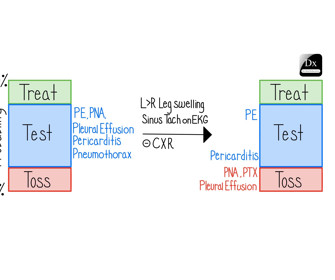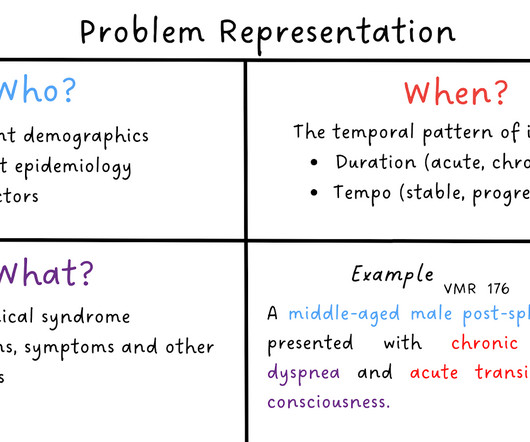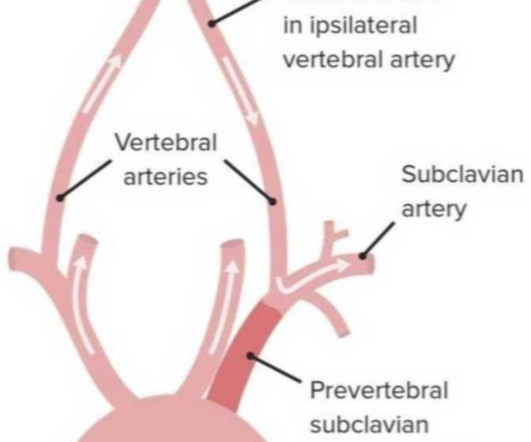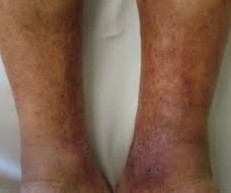Clinical Reasoning Corner: Pre and Posttest Probability – Jack Penner
The Clinical Problem Solvers
OCTOBER 23, 2019
Welcome, Clinical Problem Solvers, to our first post in the “Clinical Reasoning Corner,” where we will take a deeper dive into key concepts that shape how we think through cases. The “Clinical Reasoning Corner” will provide an introduction to the topics that keep our reasoning rooted in the core principles of clinical problem solving.
















Let's personalize your content